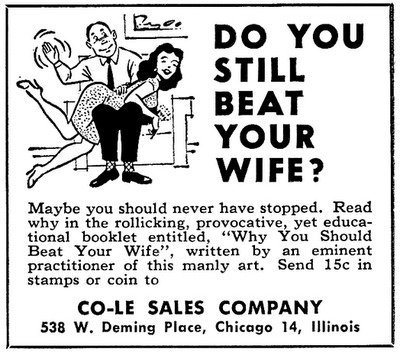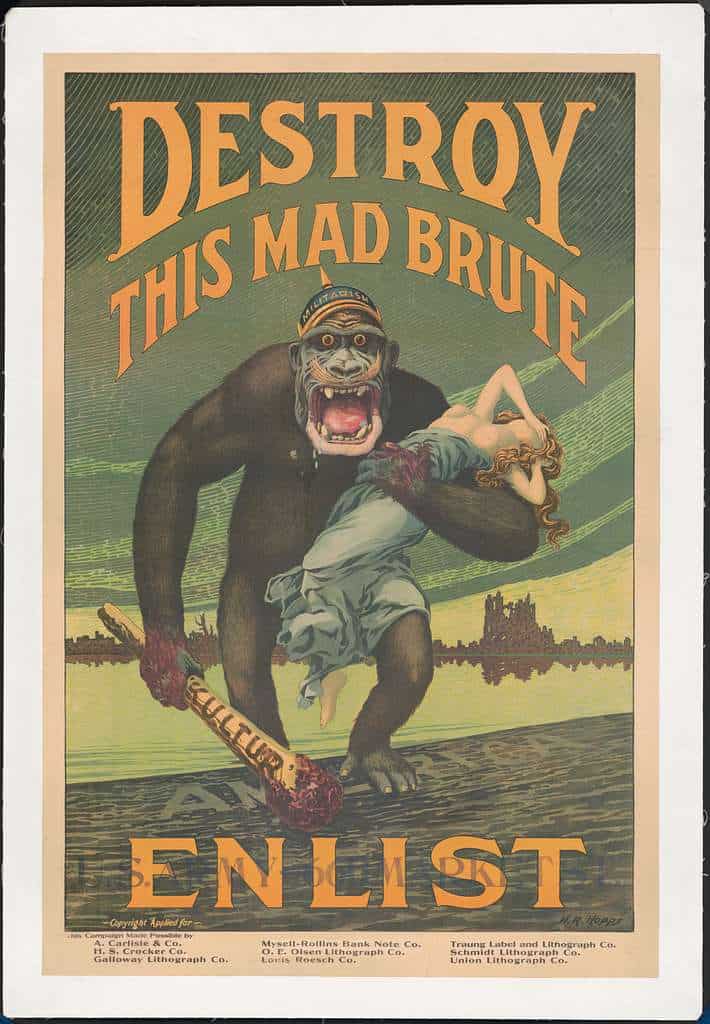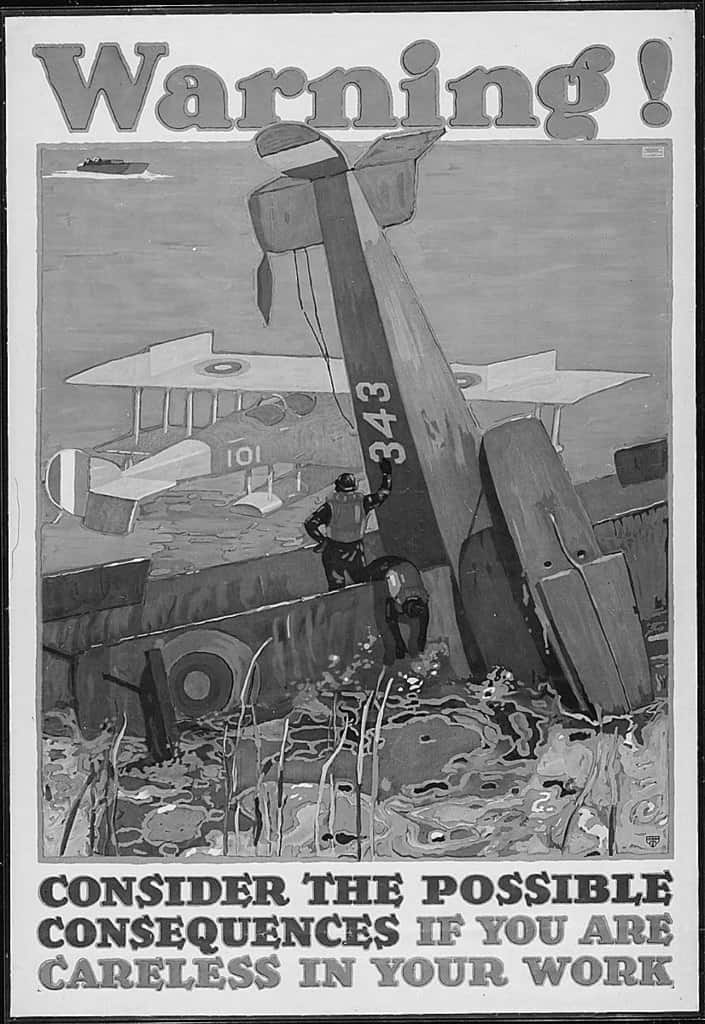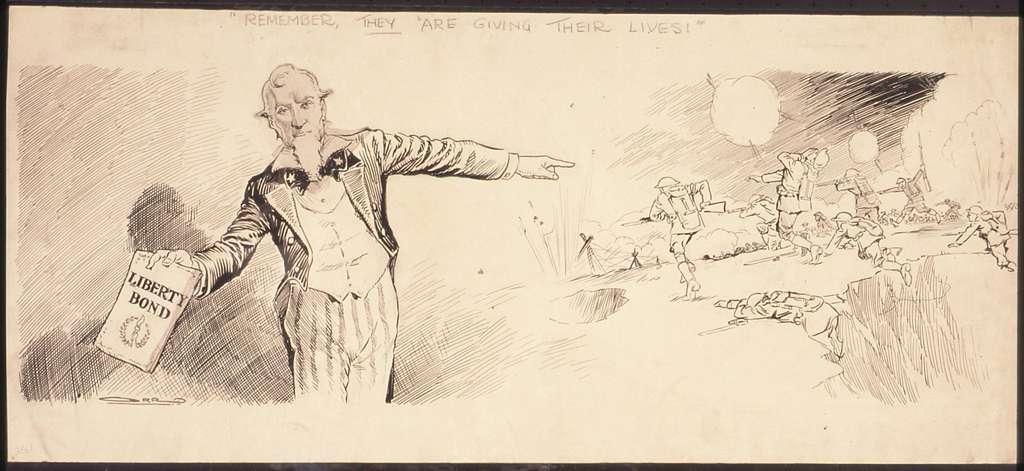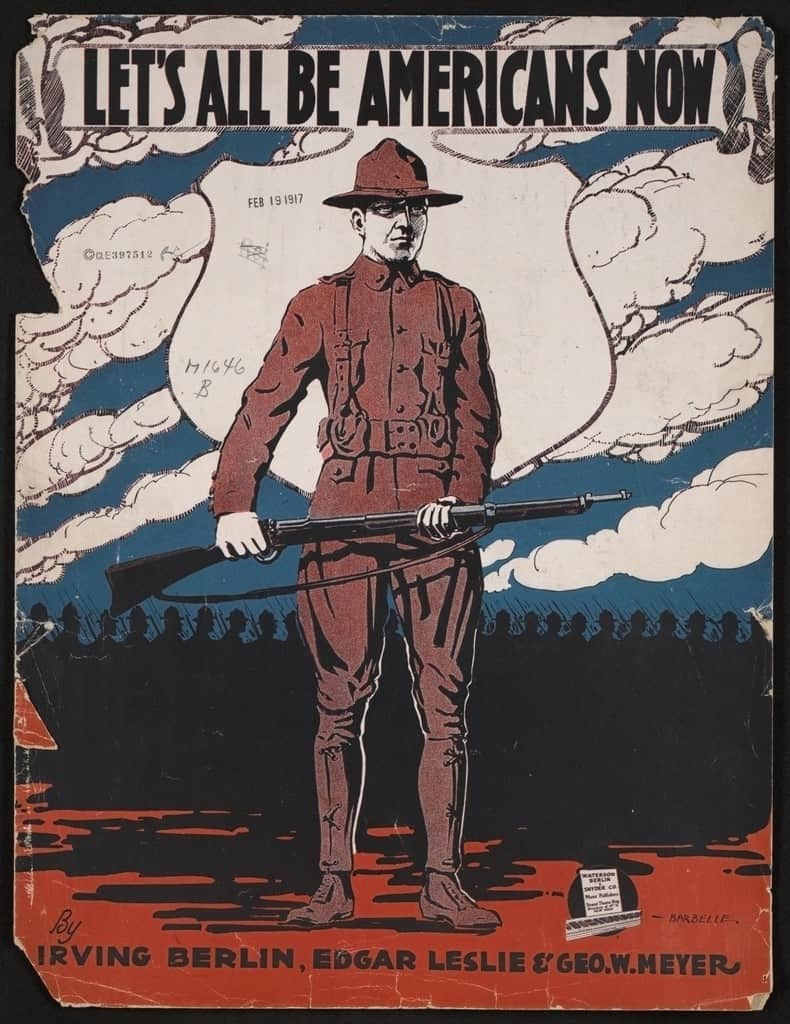Context: An alarming advertisement (date unknown) encourages men to beat their wives. It offers a pamphlet on how to properly keep your wife in line. *The modern version, written by Dr. Steve Ogan in 2013, is available on amazon under ‘self help’ books with the description: “Most men do not know how to treat their wives, especially when these women fail to play the roles divinely stipulated for them. In this book, you will discover how a husband can help his wife overcome the negative traits in her character while correcting the wrong foundations that may have been laid down in their union.”
The companion book ‘How to Beat your Husband,” also written in 2013, has a similar description: “Crucial issues are discussed here which will improve and save any marriage. Issues such as: understanding spiritual foundations in marriage, what a wife must do to win back an unfaithful husband, what a wife must do to rekindle the love of a husband who treats her with contempt.”
*Note- I find it hard to believe that this is a real modern set of books, but my research shows that it is. Please comment if you know this to be true or otherwise.
Caption Writer: What is this ad implying? Why do you think there is a modern version? What does this say about women’s role in society during the time the ad was published?
Response: The ad gives you two options- Yes and No. Both imply that ‘the husband’ has beaten their wives at some point, either currently or in the past. Sexism remains rampant and dangerous in the world. It is always the woman’s fault and they must ‘win back’ the affection of their husband, even if that means ‘getting the sense beaten into them.’
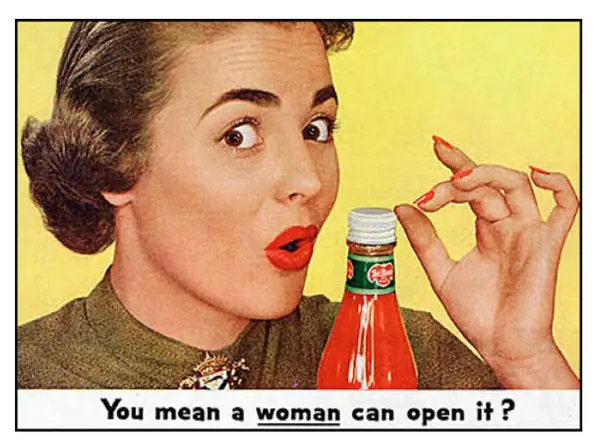
Context: 1953: Alcoa Aluminum’s ran this ad for soda in 1953 describing soda with bottle caps so easy to open “without a knife blade, a bottle opener, or even a husband.”
Caption writer: I will say, seeing this ad got me straight to the fridge for a cold Coca-Cola. Thank god I was able to open it without my husband! Otherwise I really don’t know what I would do.
Who is the target audience for this advertisement? What is it implying about women?
Response: This ad is clearly directed towards women. It implies that women are both weak, stupid, or both. This sort of marketing was widely accepted during this time period. It could also be appreciated by a kind and loving husband, picking up his wife a soda from the grocery store. Wait, no. Women do the shopping.
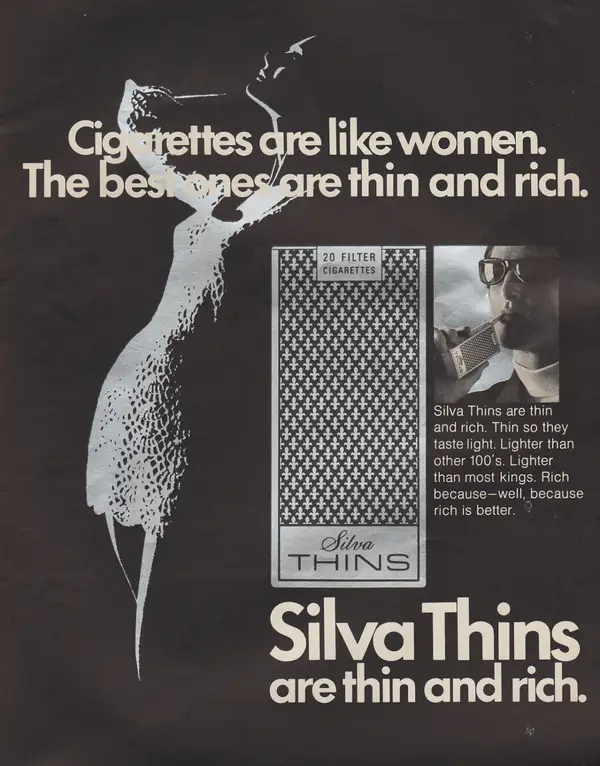
1967: “The Best Ones are Thin and Rich” 
1969: “Blow in her face and she’ll follow you anywhere”
Context: Cigarette ads from the late 60’s (Picryl)
Caption Writer: I could’t choose just one with these powerful cigarette ads. One implies that the best and most worthy women are thin and rich. How does this perpetuate body image in the 1960’s? is it so different than the targeted ads of the following decades?
What is the second ad saying? Are either one of these ads problematic. Why or why not?
Response: These ads are dangerous perpetuations of negative female body image. The first one is saying that the best women are thin and rich. Two clearly defining characteristics of what it means to be a ‘worthy’ woman during this time period. It is saying that it is a woman’s job to fit into these categories in order to be desirable to a man. The second image shows a man blowing smoke into the face of a woman. This is both disrespectful and disgusting. However, it is widely acceptable to degrade women in this way. Many men still hold these actions to be acceptable. A modern example is ex-governer of New York Andrew Cuomo, who resigned in 2021 after multiple allegations of sexual abuse were reported. In Cuomo’s resignation speech he stated “”There are generational and cultural shifts that I just didn’t fully appreciate”


